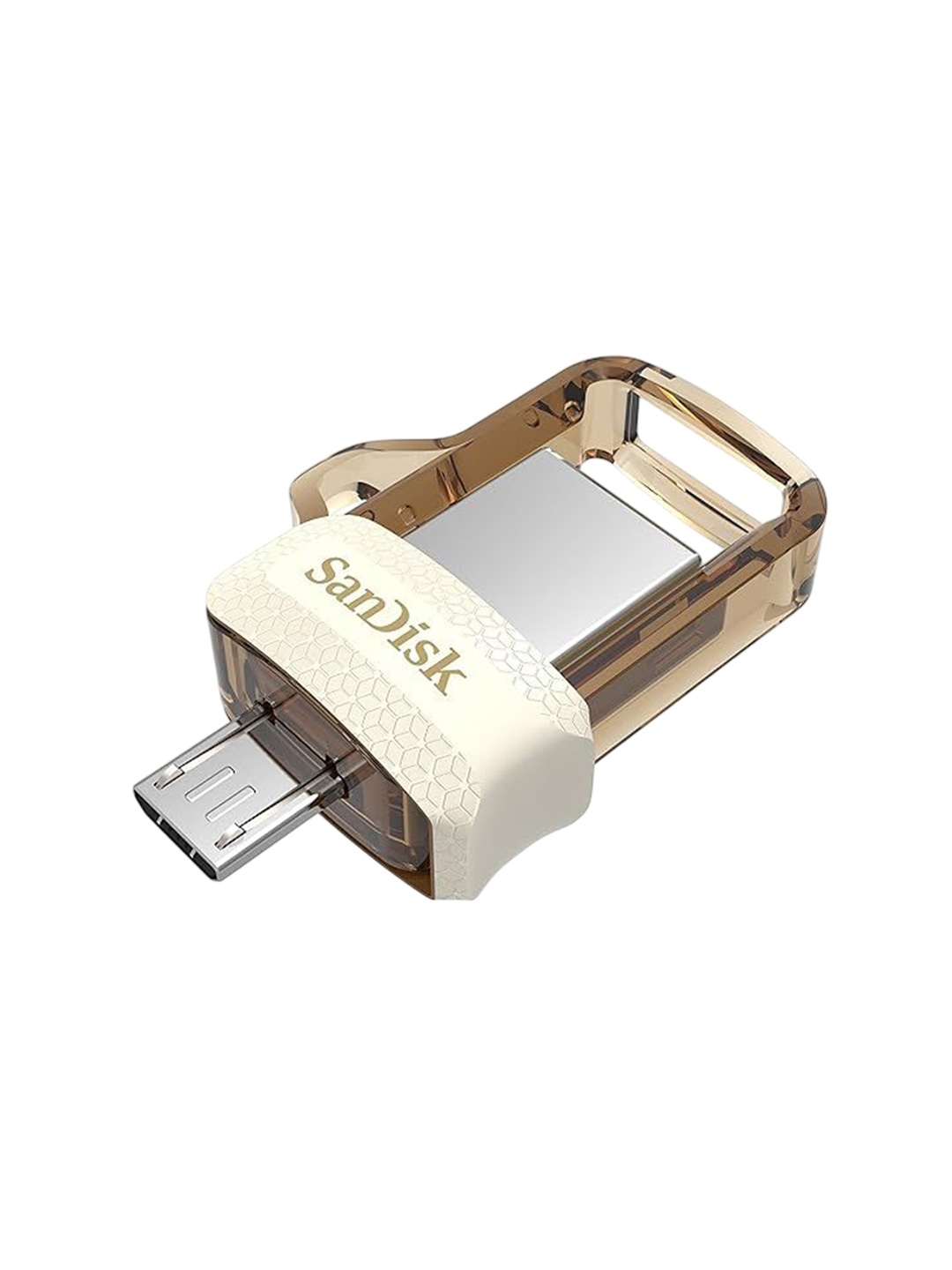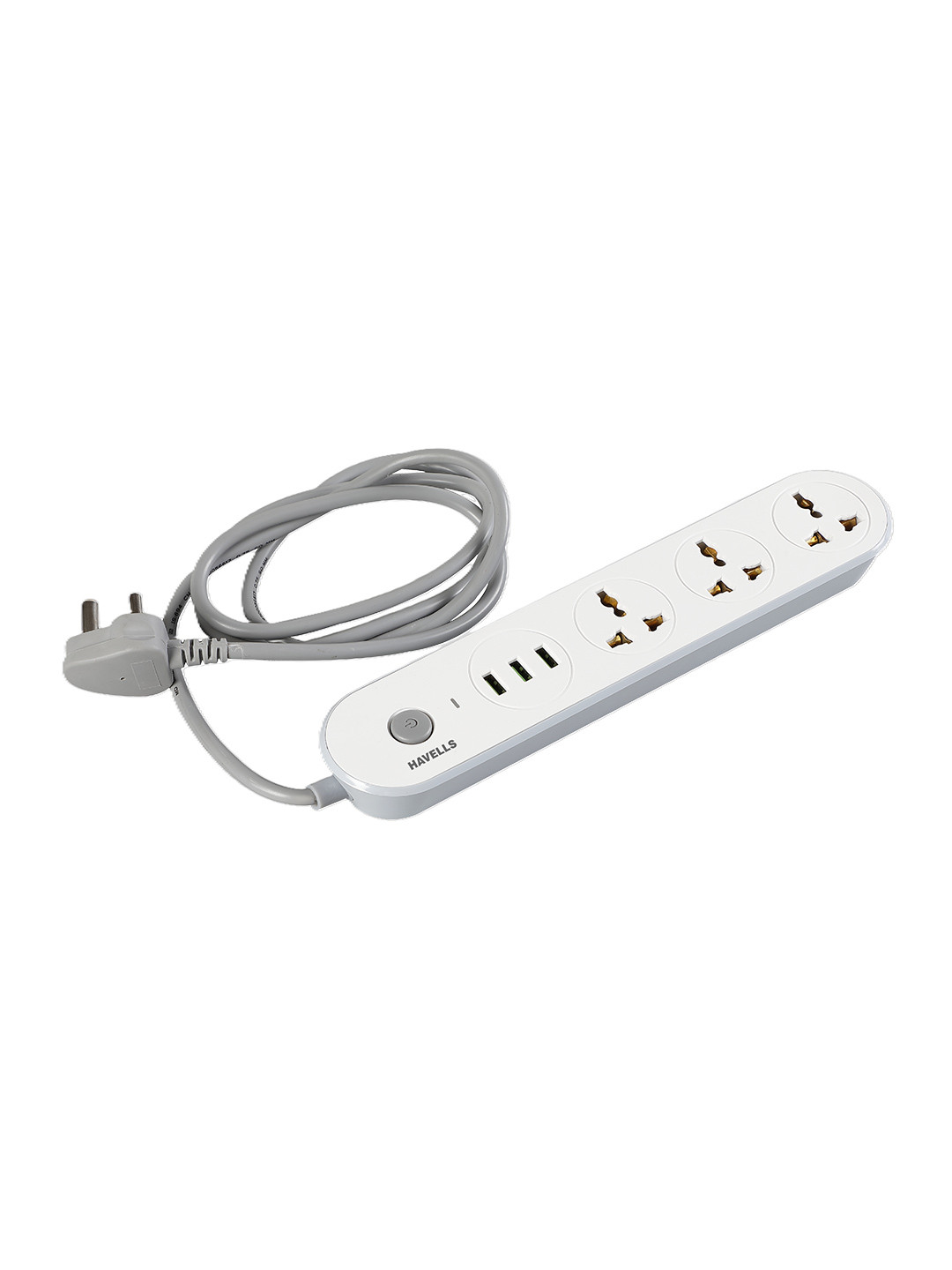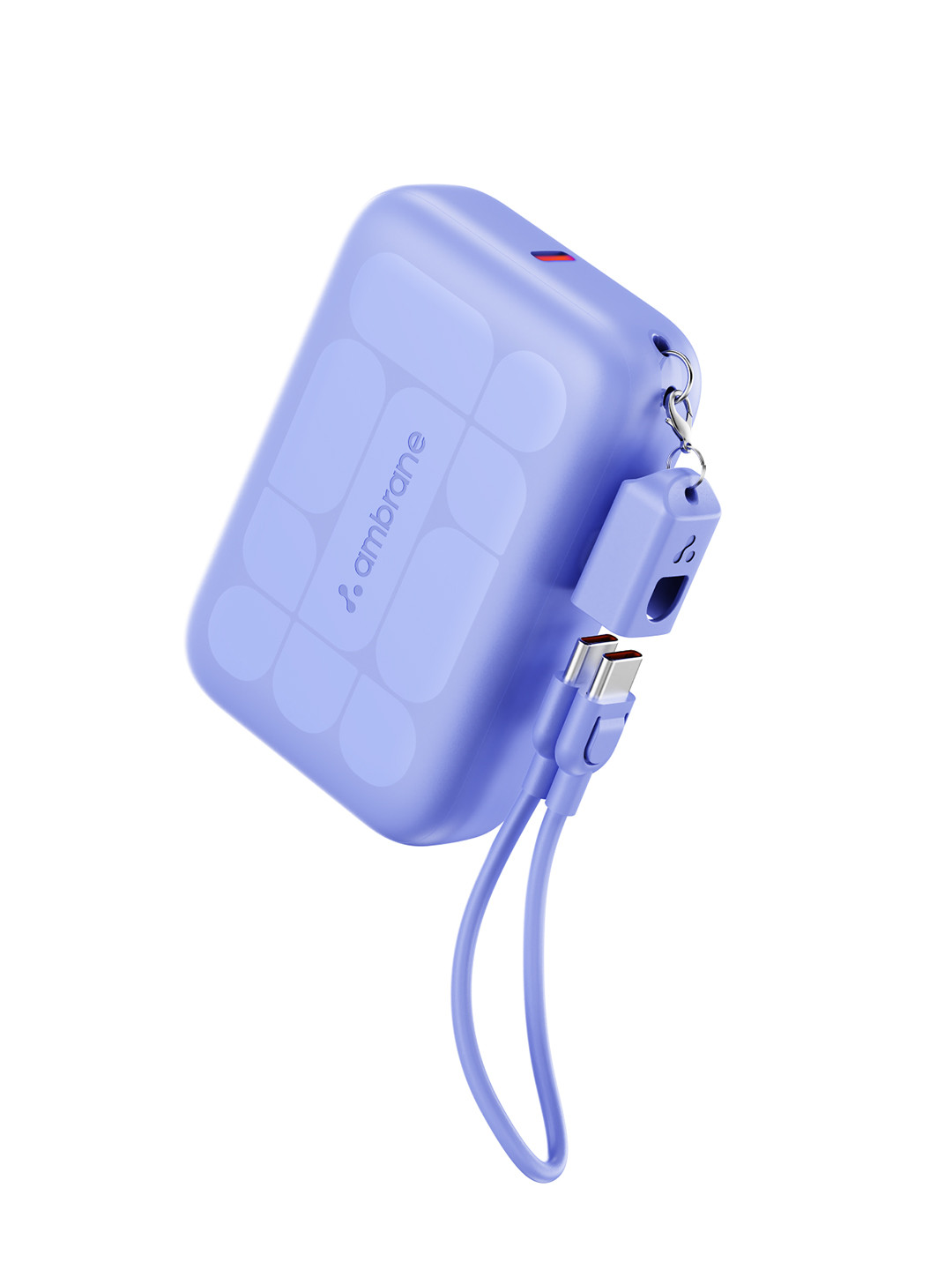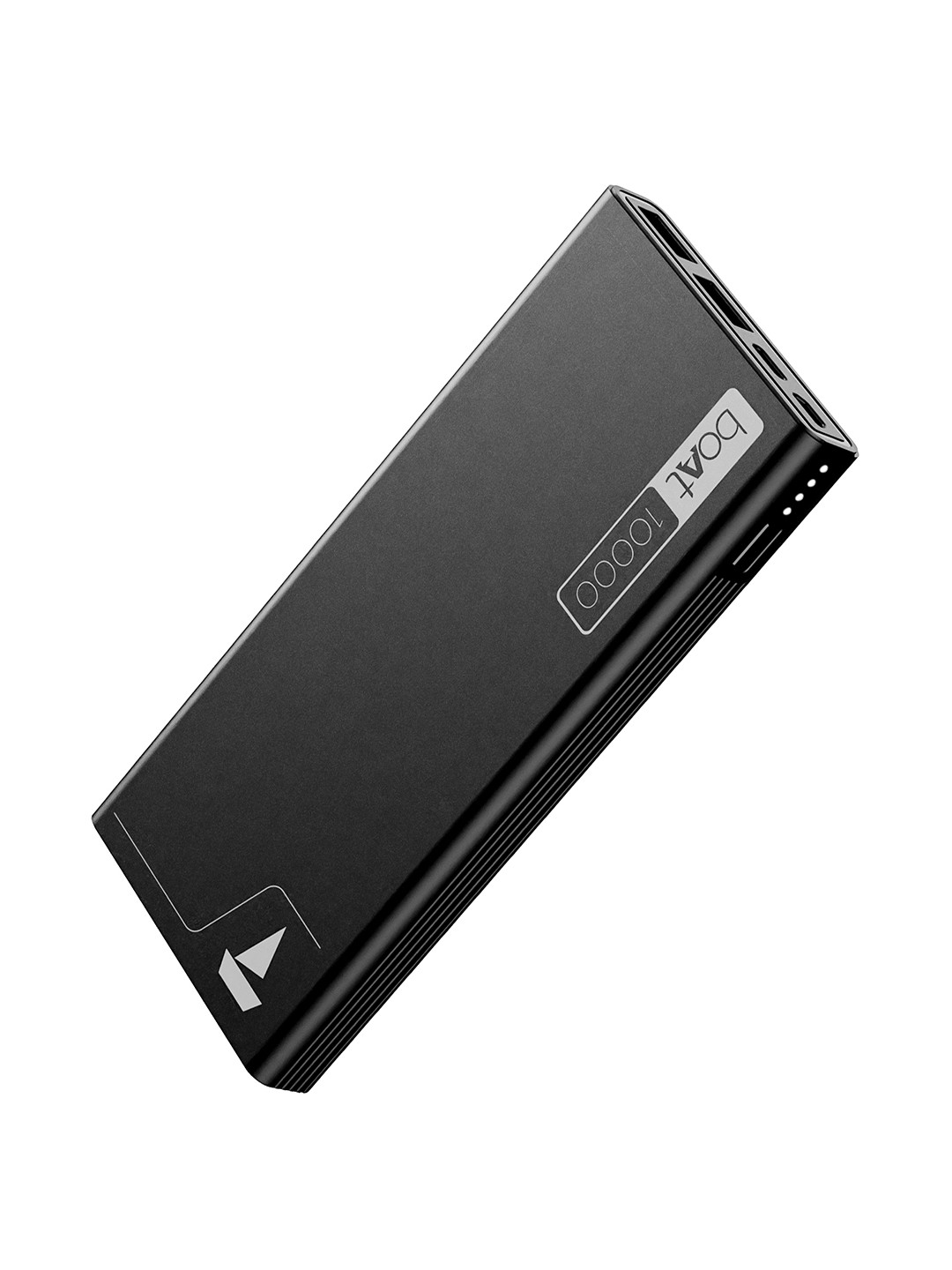Avoiding Sewing Machine Nightmares: Tips For Perfect Stitches Every Time
Sewing is a rewarding hobby, but it can turn into a frustrating experience if your machine doesnt cooperate. Explore simple, yet effective tips to avoid sewing machine nightmares and help you achieve perfect stitches every time.

Top Deals On Sewing Machines From Flipkart
Sewing is more than just a craft – it's a form of self-expression, a creative outlet, and, for many, a therapeutic hobby. However, as any sewer knows, a sewing machine can sometimes be your best friend… or your worst enemy. The frustration of tangled threads skipped stitches, or inconsistent tension can make you feel like you're battling your machine. But don't worry – with a little know-how and a few handy tricks, you can avoid these nightmares and make every stitch count. In this article, we'll explore some straightforward yet essential tips to help you get flawless stitches every time. Ready to turn your sewing sessions into a smooth, frustration-free experience? Let's dive in!
Also Read: Stitching Creativity: Why Sewing Machines Are Making A Comeback
1. Start With The Right Needle For The Job
You'd be surprised how many sewing machine mishaps come down to something as simple as the needle. A dull or inappropriate needle can lead to skipped stitches, thread breakage, and frustration. Choosing the correct needle is a game-changer. For lightweight fabrics like cotton or georgette, a universal needle will do. But for thicker materials like denim or leather, you'll need a needle designed to handle those tough textures. It's also essential to replace your needle regularly. A worn-out needle won't just cause problems; it could end up damaging your fabric. So, don't underestimate the power of a good needle – it's the first step toward flawless stitches!
2. Check Your Thread Quality And Tension
You might not realise it, but the quality of your thread plays a huge role in the performance of your sewing machine. Low-quality thread can break or tangle, leading to unravelling nightmares. Always opt for high-quality thread designed for your specific project. Thread tension is another sneaky culprit behind uneven stitching. If the tension is too tight, your stitches will appear small and tight, while too loose a tension will cause them to be large and loose. Adjust the tension settings based on the fabric and thread you're using. A little trial and error will help you find that perfect balance, and soon you'll be sewing with ease.
3. Keep Your Machine Clean And Oiled
A sewing machine works hard, so it's essential to give it a little TLC from time to time. Dust, lint, and leftover threads can build up in the machine's interior, affecting its performance. Clean your sewing machine regularly with a small brush to remove dust, and make sure to oil it according to the manufacturer's instructions. A well-maintained machine is less likely to jam, skip stitches, or make strange noises. This simple maintenance routine can extend the life of your machine and keep your sewing sessions smooth and hassle-free.
4. Thread Your Machine Correctly
It might seem obvious, but incorrect threading is one of the top reasons for sewing machine issues. If your machine isn't threaded properly, you'll face all sorts of problems, from skipped stitches to thread breakage. Always refer to your machine's manual for specific instructions on how to thread it correctly, and ensure the bobbin is inserted properly. When threading the needle, make sure the thread is pulled through the tension discs properly, and check that the needle is in the right position. A little extra care in threading can make a world of difference.
5. Choose The Right Stitch For The Fabric
Every fabric is unique, and some require a more delicate touch than others. Choosing the wrong stitch for the fabric can lead to everything from puckering to skipped stitches. For delicate fabrics like silk or chiffon, use a lightweight stitch that won't damage the fibres. For heavier fabrics, such as denim, opt for a stronger stitch. Most sewing machines come with a variety of stitch options, so make sure to select the one that's best suited to the fabric you're working with. Not only will this improve the quality of your stitches, but it will also make your project go more smoothly.
6. Use The Correct Foot For The Task
Sewing machine feet aren't just decorative – they're essential tools that help you sew with precision. Different feet serve different purposes, and using the right one for the task is crucial. For example, the walking foot is perfect for sewing multiple layers of fabric without them shifting. If you're quilting, the quilting foot helps you maintain even stitches. The zipper foot, meanwhile, ensures a close and precise stitch when attaching zippers. Make sure to change the foot according to your project to avoid any mishaps and to ensure smoother, more accurate stitching.
7. Adjust Your Speed According To The Fabric
Sewing machines come with adjustable speed settings, and while it might be tempting to crank it up to full speed, it's often best to take it slow, especially when working with tricky fabrics or intricate designs. High-speed sewing can cause the fabric to shift, leading to crooked stitches or even fabric tearing. Slowing down the speed allows you to have more control over your stitching, ensuring a consistent and neat finish. It also reduces the likelihood of the needle breaking, which can be a real mood killer when you're in the flow. Take your time, and your sewing machine will thank you for it.
8. Practice Patience And Focus
Sewing requires a certain level of patience and concentration. Rushing through a project can lead to mistakes, such as uneven seams, mismatched patterns, or a tangle of threads. Even when you've mastered the basics, it's easy to become frustrated when things aren't going according to plan. But remember – taking a deep breath and slowing down is often the best way to resolve any issues. Don't be afraid to pause, re-thread, or adjust your settings if needed. The more focused and calm you are, the smoother your sewing session will go. Plus, sewing is meant to be enjoyable, so make sure you're having fun along the way!
Products Related To This Article
1. USHA Anand Composite H Manual Sewing Machine
2. Rilson ZIG-ZAG130K PICO SEWING MACHINE
3. USHA Stella (639 S) Electric Sewing Machine
4. Singer FM 2250 Electric Sewing Machine
5. USHA Stitch Magic Electric Sewing Machine
6. brother JA20 Electric Sewing Machine
7. Singer FM 1412 Electric Sewing Machine
8. Onshoppy Glorious Multifunctional Electric Sewing Machine
9. brother DS1300 Electric Sewing Machine
10. Rilson MOTARIZED UMBRELLA /TA-1 MODEL SEWING MACHINE
There you have it- the top tips for avoiding those dreaded sewing machine nightmares. From choosing the right needle to taking care of your machine, each of these steps is essential to ensuring a smooth and successful sewing experience. Remember, sewing is a skill that improves with time, practice, and patience, so don't be discouraged by a few bumps along the way. By following these tips and maintaining a positive mindset, you'll soon be sewing like a pro, with perfect stitches every time. Now, go ahead- get creative, and let your sewing machine work its magic.
Disclaimer: The images used in this article are for illustration purpose only. They may not be an exact representation of the products, categories and brands listed in this article





























